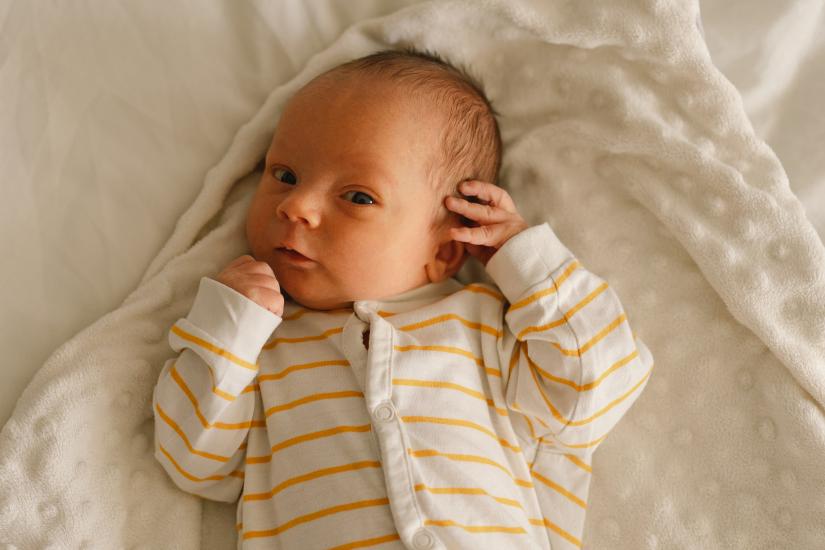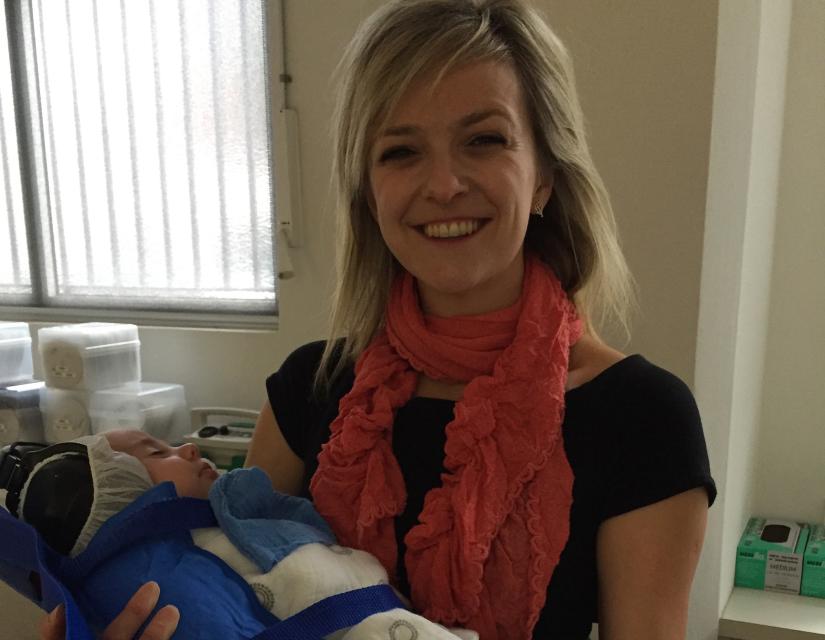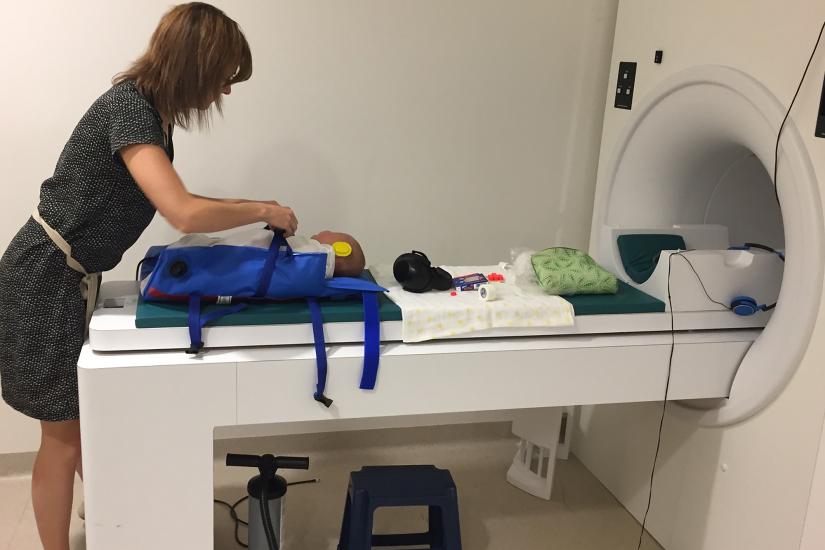New research suggesting a cause of stuttering is organic and present at birth has extensive implications for treating the condition and removing the stigma and marginalisation that accompany it.

Stuttering is a communication disorder with serious consequences for individuals and society. Photo by iStock/Anastasiia Stiahailo
By the age of four, around one in 10 children will have been affected by stuttering. Most will recover naturally but 1-2 per cent will stutter throughout life.
Stuttering is a communication disorder with serious consequences for individuals and society. Those who stutter are at high risk of developing mental health issues, particularly social anxiety, and they are at high risk of not attaining their educational and occupational potential.
New research suggesting stuttering’s cause is organic has extensive implications for treating the condition and removing the stigma and marginalisation that accompany it.
Despite decades of research, the cause of stuttering is not well understood. While impaired connective white brain matter has been detected in children and adults who stutter, it is not clear if this is a causal factor or simply the result of stuttering. This study is the first to investigate the brains of children before the onset of stuttering.
The research team, led by the Australian Stuttering Research Centre (ASRC) at UTS and the Thompson Institute, University of Sunshine Coast, conducted magnetic resonance imaging on 18 babies, aged 8 to 18 weeks. Six of those infants were determined to be genetically at risk of stuttering. The findings showed impaired white matter in a critical area of the brain in the at-risk babies, compared to the control group.

Researcher Monique Jones applied the settling and swaddling process for the babies to undergo magnetic resonance imaging. Photo by Australian Stuttering Research Centre
Professor Mark Onslow, ASRC founding director, says people who stutter live in a society that marginalises them with stereotypes that portray stuttering as a psychological problem.
“This study provides evidence that this is wrong, and that there may be a physical problem at birth. In addition to informing the public about why people stutter, these findings offer important directions for researchers to develop treatments for pre-schoolers who begin to stutter,” Professor Onslow says.
The Thompson Institute’s Professor Jim Lagopoulos says it is one of only a few studies that have sought to map the key neuroanatomical regions in young children.
“It is the first study to tackle the vexed issue of whether brain changes that we observe in adults who stutter are a consequence of the actual stuttering or whether they are part of a person’s normal brain settings.

An infant is prepared for an MRI during the study to map key neuroanatomical regions in young children. Photo by Australian Stuttering Research Centre
“In adults who stutter we see a disruption in the connections that link the key brain regions involved in the generation of speech. Now we need to determine if such disruptions in connectivity are present in children before they commence stuttering.
“Using sophisticated brain mapping techniques which allow us to determine how the brain is wired in children, we can better characterise crucial elements which are implicated in stuttering.”
The researchers say their preliminary findings warrant replication incorporating longitudinal research. They say a better understanding about how different brain regions become disconnected will bring us closer to developing targeted biological treatment options which one day may completely alleviate stuttering.
The research paper White matter connectivity in neonates at risk of stuttering: Preliminary data is published in the journal Neuroscience Letters.

